Phototherapy refers to the use of light to treat a variety of skin conditions. This non-invasive form of treatment can help patients manage certain diseases, reduce inflammation, and stimulate cellular regeneration. In dermatology, phototherapy is most commonly used to treat skin conditions such as psoriasis, vitiligo, eczema, and acne. It is also used to treat certain forms of skin cancer, premature aging, and wound healing. Phototherapy is typically administered in the form of narrow-band ultraviolet B (UVB) light, which can be delivered by a machine or through light sources such as sunlight. UVB light works by suppressing the body’s immune system, which helps reduce inflammation. It can also slow down the cell production process in the body, which helps reduce the symptoms of skin conditions such as psoriasis. Phototherapy is usually used in combination with other therapies to achieve the best results. In addition to light therapy, it may also include medications such as topical corticosteroids, vitamin D creams, or oral medications. Some studies have also shown that dietary changes can also improve the symptoms of many skin conditions. When used correctly and as directed, phototherapy can be an effective treatment for many types of skin conditions. However, it is important to follow all instructions from your doctor, as there are some risks associated with this type of treatment. For example, UV light exposure can increase the risk of skin cancer if proper precautions are not taken. It is also important to avoid getting sunburned, as this may worsen symptoms or cause other problems. Overall, phototherapy is a safe and effective treatment for many skin conditions. It can reduce the symptoms of disorders such as psoriasis and eczema, and can also help improve overall skin health. With proper management and medical supervision, it can make a big difference in the way you look and feel.
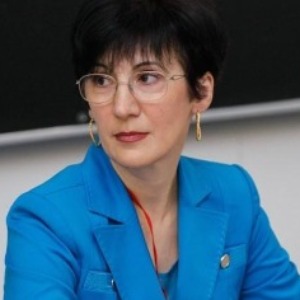
Irina Sergeeva
Novosibirsk State University, Russian Federation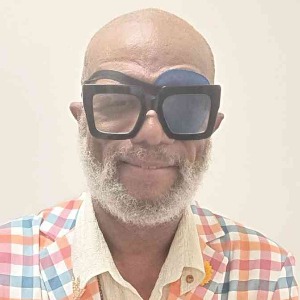
Dave Ray
Dave Ray Enterprises., United States
George Sulamanidze
Plastic Surgeon at Clinic of Plastic and Aesthetic Surgery and Cosmetology TOTALCharm, Georgia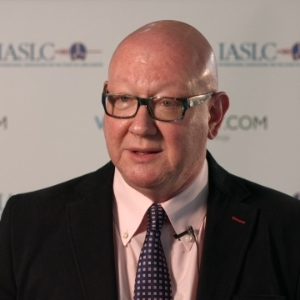
Sergei A Grando
University of California Irvine, United States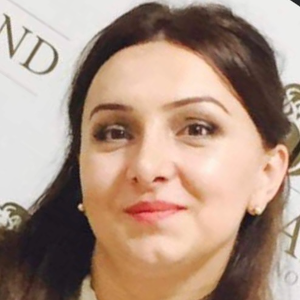
Nino Tsamalaidze
Ltd Karabadini+, Georgia
Lina Petrossian
California University of Science and Medicine, United States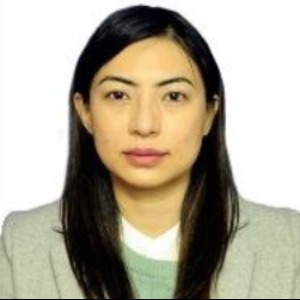
Surajbala Khuraijam
Manipur Health Services, India
Shrutimita Pokhariyal
Symbio, India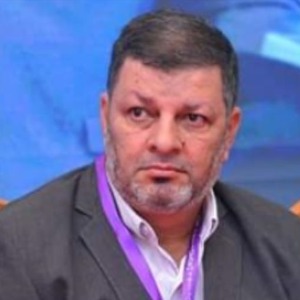
Yasser Mohammed Hassanain Elsayed
Egyptian Ministry of Health, Egypt



Title : Paraneoplastic Autoimmune Multiorgan Syndrome or PAMS: Paraneoplastic pemphigus revisited
Sergei A Grando, University of California Irvine, United States
Title : Modern non-invasive methods for in vivo assessment of skin
Georgios N Stamatas, SGS, France
Title : Personalized and precision dermatology through the view of biodesign-inspired translational & data-driven applications: Revolutionary skin treatments for every concern in clinical dermatology integrating skin care experts and consumers
Sergey Suchkov, N.D. Zelinskii Institute for Organic Chemistry of the Russian Academy of Sciences, Russian Federation
Title : The next generation of threads: Lifting, volumization, and biostimulation in one powerful triple action
George Sulamanidze, Plastic Surgeon at Clinic of Plastic and Aesthetic Surgery and Cosmetology TOTALCharm, Georgia
Title : Lymphoproliferative diseases in the practice of a dermatologist
Irina Sergeeva, Novosibirsk State University, Russian Federation
Title : Art, skin, and dermatology: Interdisciplinary perspectives
Dechelette Corinne, La Peau Autrement, France
Title : Comparative efficacy of omalizumab and dupilumab in children with Chronic Spontaneous Urticaria (CSU): A retrospective cohort analysis
Molynna Nguyen, University of Toledo, United States
Title : "Mirror mirror on the skin” — A low-cost community strategy to reduce melanoma disparities in Washington, D.C.
Kayla Sampson, Georgetown University School of Medicine, United States
Title : Vitiligo: Not just an aesthetic disorder
Mateja Starbek Zorko, University Medical centre Ljubljana, Slovenia
Title : Personalized and Precision Medicine as a unique avenue to have the healthcare model renewed to secure the national biosafety: Advanced skincare solutions in individualized cosmetology, reconstructive plastic surgery and the modern beauty
Sergey Suchkov, N.D. Zelinskii Institute for Organic Chemistry of the Russian Academy of Sciences, Russian Federation